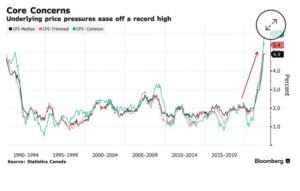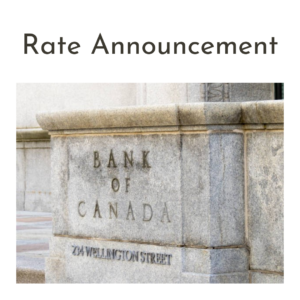
Buying a home is an exciting experience for anyone, and even more of a milestone when you’re doing it solo, but it can be a little different when you’re purchasing on your own.
In addition to closely evaluating your mortgage options and working with a trusted realtor, here are some other tips that can help improve your homebuying experience:
- Understanding Your Financial History
Being aware of your credit score can help to improve your qualification potential. The details of your credit history will help lenders understand your score and have it accurately reflect your repayment habits.
2. Ramp Up Your Savings
Of course, while a mortgage will cover a large chunk of your home purchase, you are also required to have a down payment. In addition, you need to consider closing costs, as well as ongoing maintenance and costs for your new home (repairs, utilities, property taxes etc). It is important to determine your budget so you are aware of what you can afford monthly. Before you shop is a great time to start ramping up your savings account so you can put more down and potentially reduce your overall mortgage.
- Study The Marketplace
One of the most important aspects of homeownership is understanding what you can afford and where you want to live. These two key components can help you to determine your budget and the areas that you should be looking for a home, as well as what type of home size, amenities, etc. Understanding what is available can provide you with more information and help you fine-tune your shopping list. Watching what homes are listed for and what they sell for will give you a good sense of market values so you can set your expectations as you shop.
4. Be Flexible When Possible and Firm When Not
While shopping for a home on your own can be much easier as you’re only concerned about your own needs, it is still important to be flexible. While it is easier to find a home that fits just ‘you’, keeping your options open can also have its benefits. Of course, if there are things you cannot live without or a location you really need to be in, it’s important to be firm about those things as well. Creating a list of wants and needs can help you determine where there is room to be flexible, and where there isn’t. Knowing what you want will also help your realtor pinpoint suitable properties for you.
- Consider Your Present and Future Needs
While you’re shopping for your new home for you today, you will also want to consider what your life might look like in the future. What are you doing 5 years from now? 10 years? Do you want to start a family or have children? Do you plan on changing jobs or perhaps requiring a move in a few years? These may factor into your mortgage choices today to give you the flexibility you need down the road as your property needs change.
- Planning for the Future
Lastly, while you might not be purchasing your current home with a partner, it is important to know how residing in your property with a partner in the future might change things for you both as you move into a common-law relationship. Agreements can go a long way to protecting you both, protecting your relationship, and to helping you leverage opportunities together in the future if you plan properly from the start.
If you are a single homeowner looking to make a purchase, but are not sure where to start, don’t hesitate to reach out to me any time. I would be happy to walk you through the process and ensure you get the best home and mortgage for you.






